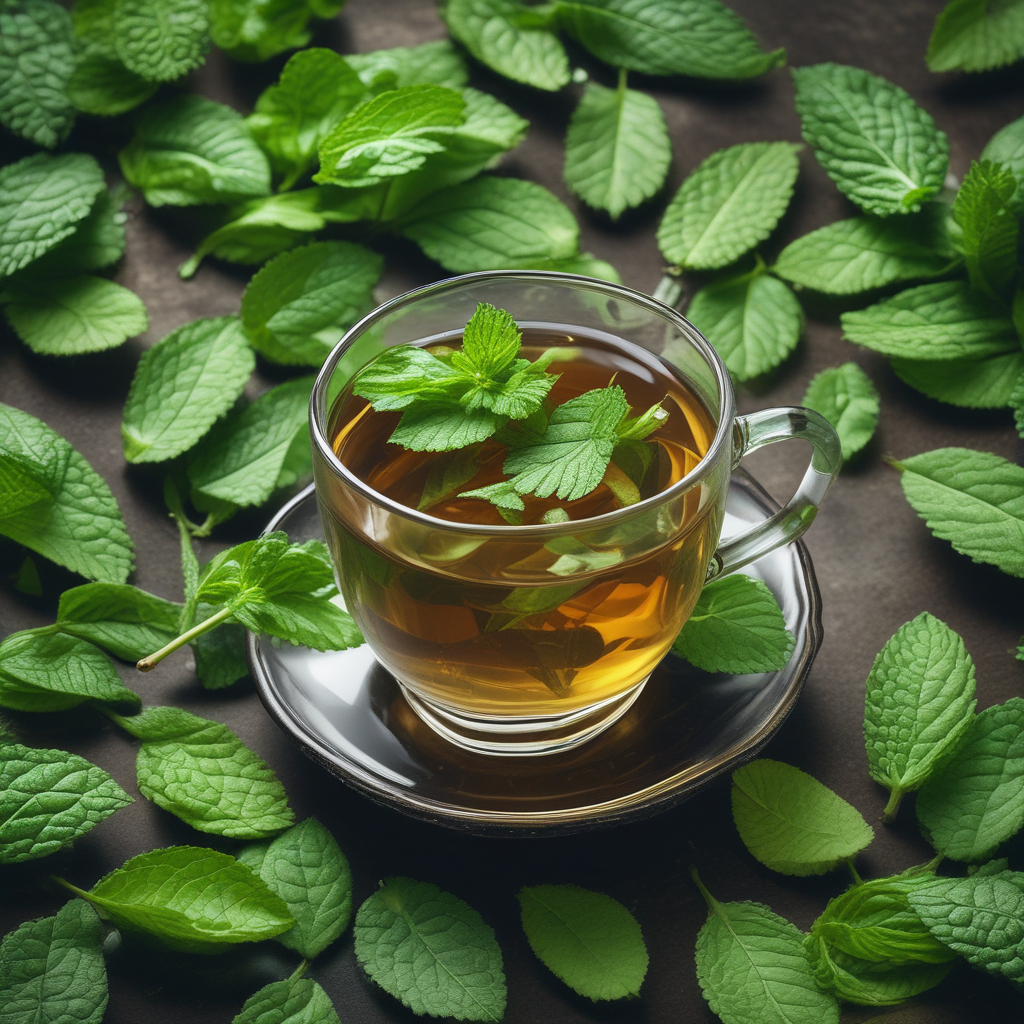
The Evolution of Pu-erh Tea Production
Introduction to Pu-erh Tea
Pu-erh tea, a beloved Chinese tea known for its unique flavor profiles and health benefits, has a rich history dating back to ancient times. One of the key factors that sets Pu-erh apart from other teas is its fermentation process which enhances its flavor over time.
Traditional Pu-erh Production
Traditionally, Pu-erh tea was produced in Yunnan Province, China. The tea leaves were harvested, withered, pan-fired, rolled, and sun-dried. After this initial processing, the leaves were fermented and aged for months to years to develop their distinctive earthy and mellow flavors.
Modern Innovations in Pu-erh Production
In recent years, modern techniques have been introduced to meet the growing demand for Pu-erh tea. Large-scale production facilities have adopted mechanized processing methods to increase efficiency and consistency in flavor. However, some purists argue that these methods may impact the unique characteristics of traditional Pu-erh.
Organic Pu-erh Production
With the rise in demand for organic and sustainable products, there has been a shift towards organic Pu-erh production. Organic farms avoid the use of synthetic pesticides and fertilizers, promoting healthier ecosystems and producing teas that appeal to health-conscious consumers.
Global Influence on Pu-erh Tea
Pu-erh tea’s popularity has transcended borders, leading to its cultivation and production outside of China. Countries like Taiwan, Vietnam, and even some regions in the United States have started growing Pu-erh tea, adapting traditional methods to suit their local climates and terroirs.
Future Trends in Pu-erh Production
As consumer preferences continue to evolve towards sustainability and authenticity, the future of Pu-erh tea production may see a resurgence in traditional methods. Small-batch, artisanal productions are gaining traction among connoisseurs who value the nuanced flavors and cultural heritage of Pu-erh tea.
Conclusion
The evolution of Pu-erh tea production reflects a blend of tradition and innovation, catering to a diverse global market. Whether produced using time-honored methods or modern techniques, Pu-erh tea continues to captivate tea enthusiasts with its complex flavors and cultural significance.
FAQ: The Evolution of Pu-erh Tea Production
What is Pu-erh tea?
Pu-erh tea is a type of fermented tea produced in the Yunnan province of China. It undergoes unique processing methods like aging and fermentation that give it a distinctive flavor and aroma.
How has the production of Pu-erh tea evolved over time?
Historically, Pu-erh was compressed into cakes for easy transportation. Nowadays, modern techniques and equipment have streamlined production, making it more efficient while retaining its traditional qualities.
What are the key steps in the production of Pu-erh tea?
The production involves withering, rolling, fermentation, drying, and aging. These meticulous steps lead to the complex flavors and health benefits associated with Pu-erh tea.
How does the aging process affect the flavor of Pu-erh tea?
Aging allows the tea to develop deeper and more complex flavors due to microbial fermentation. Over time, the tea’s taste profile matures, creating prized vintage Pu-erh teas that are highly sought after by tea connoisseurs.

